
GUEST BLOGGER HEATHER L. MONTGOMERY
Scientists use language skills all the time, but students rarely see that. This lesson will give them a peek into the practices of science. It will hook students with content that is icky and sweet, and it will engage them with model-making — constructing a useful identification key.
Bonus: they’ll be construct arguments and support claims without even realizing it.
The icky: The key to fossilized feces
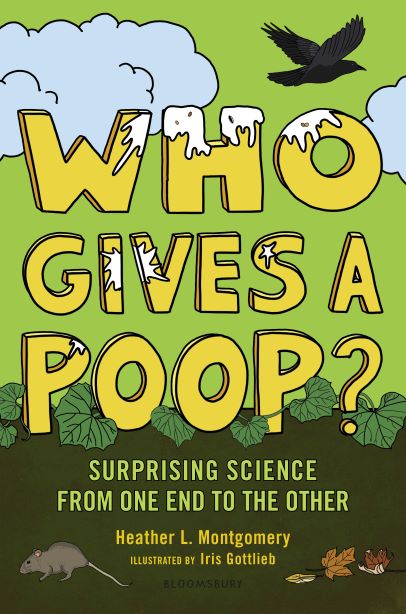
Summary: Students inquire about coprolites (fossilized feces) and scientific keys, then read a science story to explore further. The article is about a scientific study referenced in my upcoming middle grade book, Who Gives a Poop? Surprising Science from One End to the Other (October 2020).
Materials:
- Devices with internet access or printed materials:
- 9 photos from Figure 3 of Sandra Barrios-de Pedro’s study (Pedro, Sandra Barrios-De, et al. “Exceptional Coprolite Association from the Early Cretaceous Continental Lagerstätte of Las Hoyas, Cuenca, Spain.” Plos One, vol. 13, no. 5, 23 May 2018, doi:10.1371/journal.pone.0196982)
- “Bump-Headed Lace” article
Steps:
- Display the photographs from Figure 3 of Sandra Barrios’s research.
- Arrange the images so that the title and text are not visible.
- Invite students to share questions and observations aloud or in their notebooks.
- Then read aloud or individually “Bump-Headed Lace,” a 340-word article (5th grade reading level).
- Share Sandra’s dichotomous key with the students and encourage them to record their observations and questions.
The sweet: Candy conundrum key
Summary: Demonstrate how a dichotomous key is created by modeling the process with candy. A key is a tool that helps scientists identify natural artifacts. A dichotomous key breaks the decisions down into two choices (“di” = two; “chot” = choice).
Materials:
- 8-10 individually wrapped candies
- document camera or mechanism to ensure all students can see
- paper and pencil
Steps:
- Layout the candies on a piece of paper and have students generate a list of observable characteristics. For example: color, shape, packaging type, etc.
- When they make statements that are not currently observable characteristics, help them identify what those are. For example, “made of chocolate” is prior knowledge and “the best candy” is an opinion.
- As a group, practice dividing the candies using a variety of characteristics.
- Then, ask a student to select one characteristic that divides the candies approximately in half.
- Illustrate that classification on the paper.
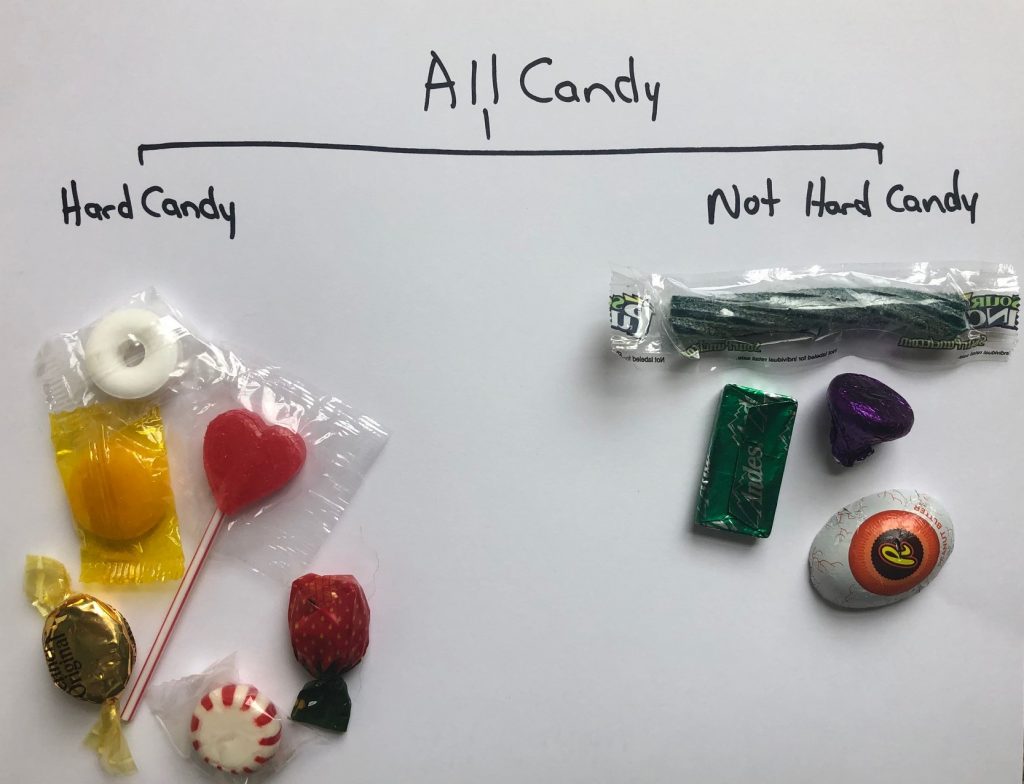
- Working with one of the piles of candy, continue to classify and categorize until candies are isolated.
- Discuss characteristics or vocabulary which could be interpreted differently by different people. For example, is “Clear” the best word to describe the butterscotch candy wrapper or is there a more precise word? After creating the key, challenge students to revise it to make it more widely applicable. In the example in the featured image, “Heart-shaped” can be replaced with “Not Round.”
- Test your key by having someone else try it out. Can they use the key to identify the candy?
- Challenge: Does the key work with other candies? Students may have to revise their keys much like they revise a piece of writing.
- Extension: Explore other keys:
- A picture key to trees by eek! Environmental Education for Kids
- A key to identifying mammal skulls, by Maryland Department of Natural Resources
- A key to teacher aliens, source unknown
More icky: Fecal fun key
Summary: Students apply their knowledge by creating their own key to wildlife scat.
Materials for each small group of students:
- Print out 1 sheet of Scat Cards for each student or group
- Scissors
- 1 sheet of chart paper
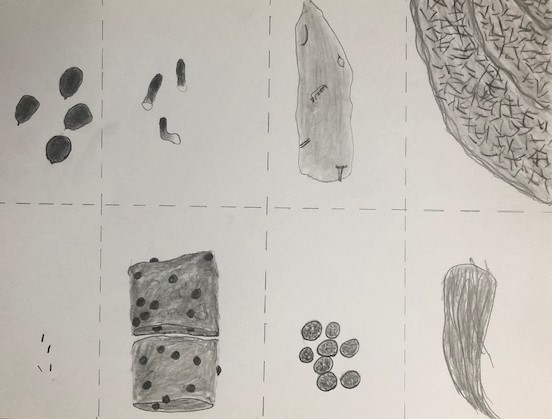
Steps:
- Divide students into small groups and distribute materials.
- Students cut along the dotted lines to separate the scat cards.
- Encourage students to generate a list of questions and observations about the different scats.
- Instruct students to experiment with at least three categories before they begin their key.
- Have each group construct a key, and then let them test a key from a different group.
- Encourage discussion and revision that refines the key and makes it more accurate and useful.
- As a class, discuss which descriptors seemed most effective. Then discuss qualitative versus quantitative characteristics and the benefits of each.
- Extension: challenge students to research and identify the scats on the cards. [Clockwise from top right: Cow, fox, rabbit, bear (with berries), grasshopper, deer, lizard, coyote]
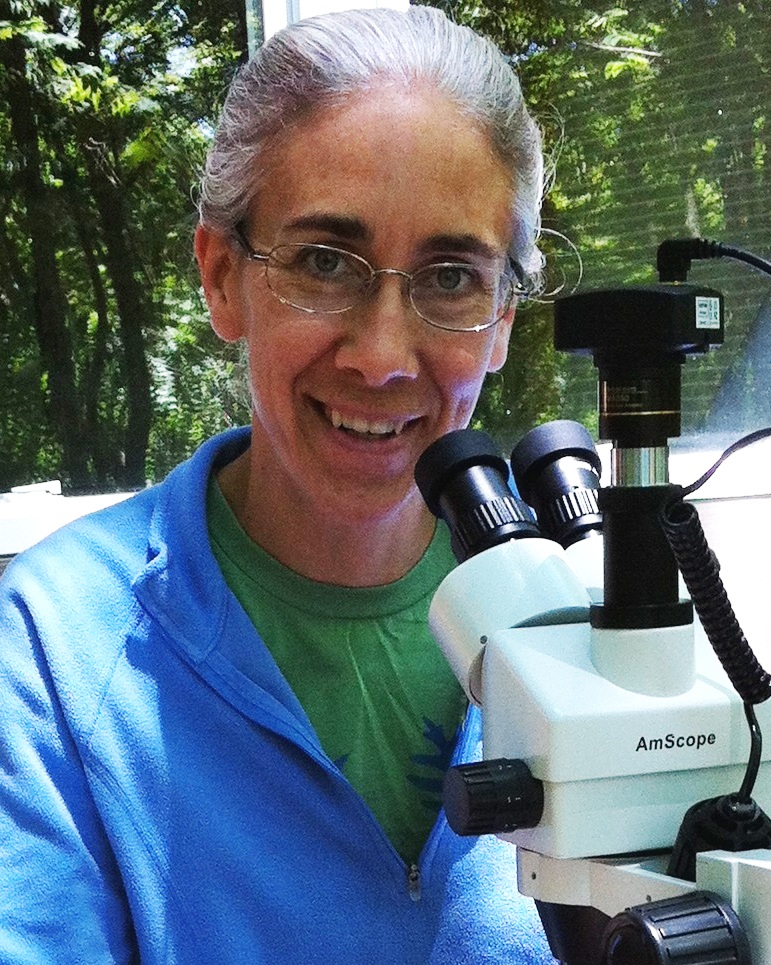
Heather L. Montgomery writes books for folks who are wild about animals. Her subjects range from snail tongues to snake lungs. An award-winning educator, Heather uses yuck appeal to engage young minds. She had tons of fecal fun researching her 16th book, Who Gives a Poop? Surprising Science from One End to the Other! Learn more at www.HeatherLMontgomery.com or @HeatherLMont


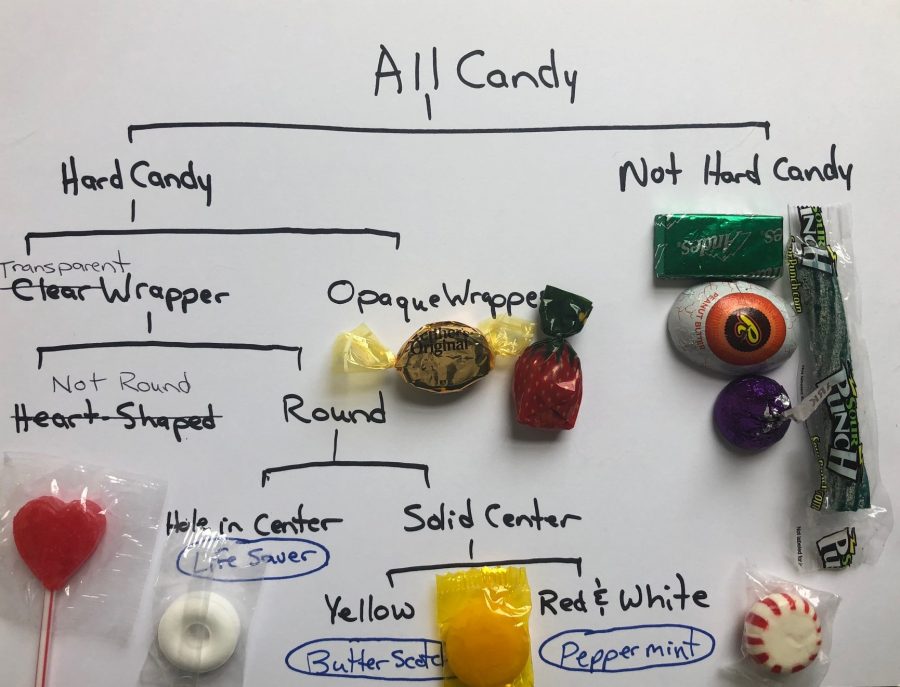
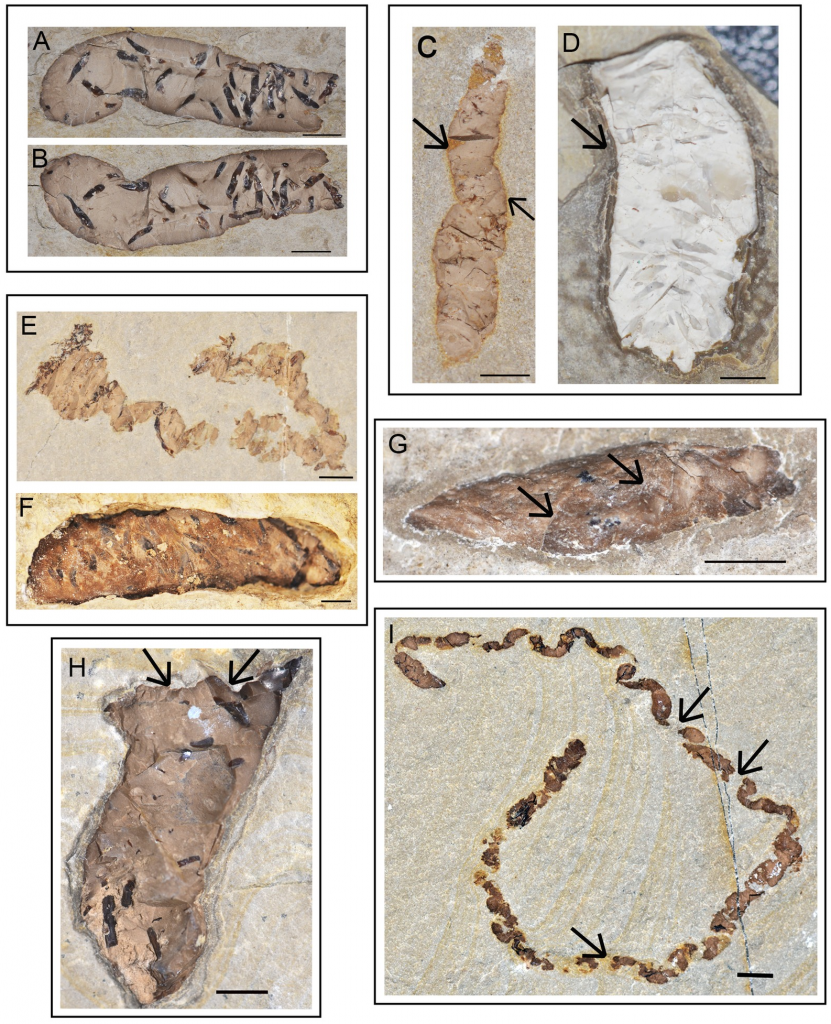
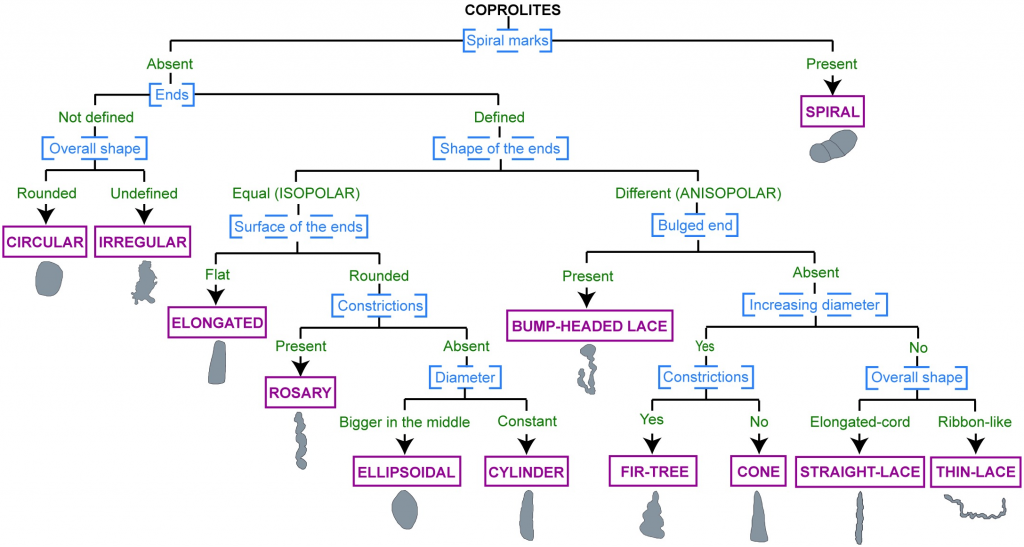
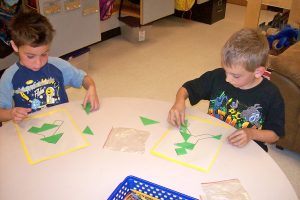
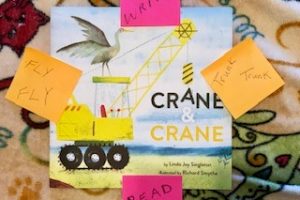
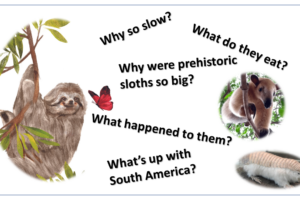


Leave a Reply
Your email is safe with me.